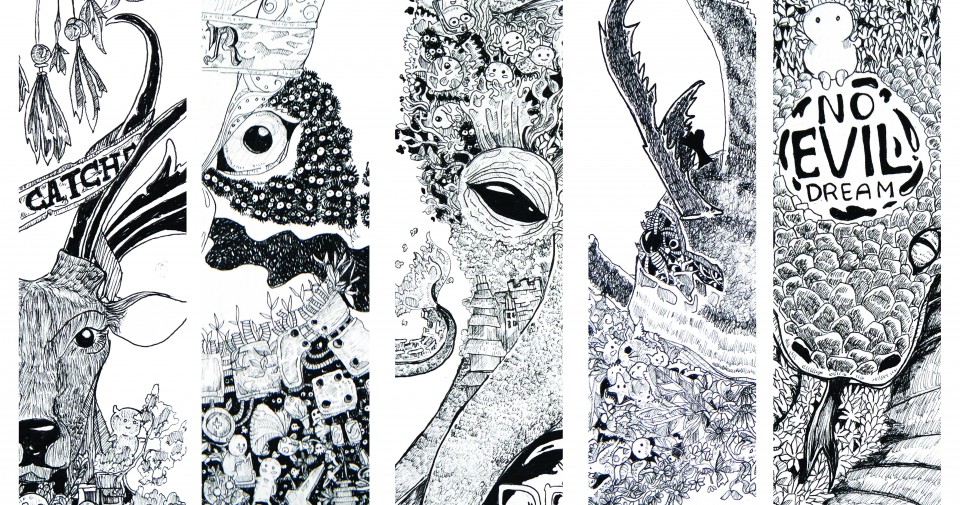Vision might bring a difference way of thinking based on human experience and human mind. Those I get from the book in title of Perception by Akins, Kathleen. How human eyes could trick the brain itself. There is lots of information that I get from the topic in that books. Hence I will sum up some interesting part that I earned after reading the books. Eyes trick brains, in case they will give different perception on how the things we see should be seen. People will doubt what they see, unless they look it more careful than before.
First is the Penrose Triangle vision. How a glance could trick your brain. People sometimes experience what we called as hallucination. The illusion is too strong in this one, how you determine the shape of the triangle? There are lots connecting line on the picture, yet the connected lines are very doubtful to be real! This is called the effect of hallucination of vision. Things will appear based on our experience and what we belief. If we belief that the picture is a triangle then our eyes will capture the image as triangle, a normal triangle. While if we belief that something happen on the picture that seems not right, then we capture the image as an unusual triangle, no? That is the power of eye that will perceive human brain.
The other one is the Ration Theory of size constancy by Irvin Rock. Some objects with the same size will are gathered and put in some different area, some will be in front, and some will be in the back row. Now, if we look throughout them, from the front view. There will a different size each of them. How this phenomenon could occur? The objects are the same in the size. Visual angle is the answer for this case. Visual angle is the way of how the retina captures the image that we see. The rule is retina will capture image depends on the degree it placed. Meaning different angle and degree will result different size and shape. This might trick your eye and confuse on how things see different even though they are the same.
Last one is the stroboscopic effect. This is the interesting part that I read twice. Things look the way they supposed to be, how? After reading the whole explanation, I come to conclusion that, human which have been experience or knowing the things before will be able to recognize the things even though in dark and fuzzy. However, if human have not experience the things, the eyes will start to determine the shape to the nearest one. The eyes adjusting the shape and try to conclude to the nearest shape we remember. A dots will be more helpful to determine something too, each dot that will be connected will result the eyes to determine the shape faster. Motion image is about the same. We know that round items will be rolling when we moved it, while square items will be moved step by step. Human eyes are powerful to perceive our brains!
In conclusion, I realize that there are many things in this world that is tricky. Eyes will sometimes trick you, but they will tell the truth if you look more carefully. Illusion and hallucination happen because we believe on what we believe; our eyes then will capture the image of what belief even though it’s not the truth. Perception of people is different based on experience and their belief.
Question.
- Did eyes change the way of the capture the images depending on what we think? Does our brain order the eyes or do our eyes works freely capturing images freely and then send them to the brain and the brain then process them? That one part that still bugging me after reading the article.

